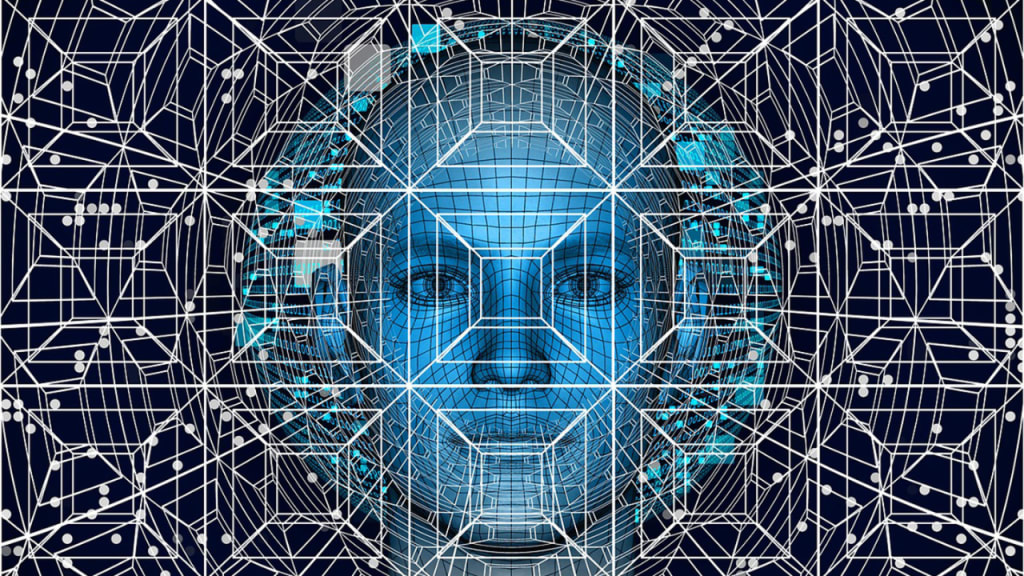How Artificial Intelligence (AI) Works
computer science focused on creating systems

Artificial Intelligence (AI) is a branch of computer science focused on creating systems capable of performing tasks that typically require human intelligence. These tasks include learning, reasoning, problem-solving, perception, and language understanding. AI is rapidly transforming industries and our daily lives, from virtual assistants to self-driving cars. To understand how AI works, it is essential to explore its underlying principles, techniques, and processes. This article delves into the mechanisms of AI, providing a comprehensive overview of its functionality.
Data Collection and Input
The foundation of any AI system is data. AI requires vast amounts of data to learn and make informed decisions. There are several possible sources of this material, including text, photos, audio, and video. For example, a self-driving car collects data from cameras, sensors, and GPS to navigate the environment. Data collection is the first step in building an AI system and involves gathering relevant information that the AI can use to learn.
Data collection methods vary depending on the application. For instance, in natural language processing (NLP), data can be gathered from books, articles, and online content. In image recognition, data is collected from labeled images to train the AI to recognize different objects. The effectiveness of AI models is strongly impacted by the quantity and quality of data.
Data Processing
Data must be processed and arranged after it is gathered. This step involves cleaning the data, removing inconsistencies or errors, and structuring it so the AI system can use it effectively. Data processing ensures that the information fed into the AI is accurate and relevant.
Data preprocessing techniques include normalization, where data is scaled to a standard range, and feature extraction, where essential attributes are identified and used for training. For example, in image recognition, features might include edges, textures, and shapes. In NLP, features could be word frequencies, n-grams, and part-of-speech tags. Proper data processing is crucial for the AI system to learn accurately from the data.
Algorithm Selection
Algorithms are the core of AI. They are mathematical models that allow AI to learn from data and make predictions or decisions. Different tasks require different algorithms. For instance, neural networks are often used for image recognition, while natural language processing algorithms are used for understanding and generating human language.
Several types of algorithms are commonly used in AI:
Supervised Learning: Algorithms are taught using labeled data, which has both the input and the matching output specified. Examples include linear regression, decision trees, and support vector machines.
Unsupervised Learning: Algorithms identify patterns in unlabeled data without predefined outputs. Examples include k-means clustering and principal component analysis (PCA).
Reinforcement Learning: Algorithms learn by interacting with the environment and receiving feedback through rewards or penalties. Examples include Q-learning and deep Q-networks (DQNs).
Selecting the appropriate algorithm depends on the specific task and the nature of the data. The choice of algorithm directly impacts the effectiveness and efficiency of the AI system.
Training the Model
Training is the process of feeding processed data into the selected algorithm and allowing the AI to learn from it. This involves adjusting the algorithm's parameters to minimize errors and improve accuracy. During training, the AI system learns patterns and relationships within the data.
Training typically involves the following steps:
Initialization: The algorithm's parameters are set to initial values.
Forward Propagation: Input data is passed through the model to generate predictions.
Loss Calculation: The difference between the predicted output and the actual output (error) is calculated using a loss function.
Backpropagation: The error is propagated back through the model to update the parameters, minimizing the loss.
Iteration: The process is repeated for many iterations (epochs) until the model converges to a solution.
Deep learning, a subset of machine learning, uses neural networks with multiple layers (deep neural networks) to learn complex patterns. Each layer extracts higher-level features from the data, allowing the model to make more accurate predictions.
Model Testing and Validation
After training, the AI model needs to be tested to ensure it works correctly. This involves running the model on a separate set of data that it hasn't seen before, known as validation data, to evaluate its performance. Performance metrics including as accuracy, precision, recall, and F1-score are employed to gauge the model's effectiveness.
Testing helps identify overfitting, where the model performs well on training data but poorly on new data. To mitigate this, techniques such as cross-validation and regularization are used. Cross-validation involves splitting the data into multiple subsets and training/testing the model on different combinations. Regularization reduces overfitting by adding a penalty to the loss function that dissuades complex models.
Deployment
Once the model has been trained and validated, it can be deployed in a real-world application. This could be anything from a virtual assistant like Siri to a recommendation system on Netflix. Deployment involves integrating the model into a software application, ensuring it can process new data and make predictions in real-time.
During deployment, it's crucial to monitor the model's performance and update it regularly with new data to maintain its accuracy. This process is known as model maintenance and is vital for applications where conditions and data change frequently.
Inference
During deployment, the AI system uses the trained model to make predictions or decisions based on new data. This process is known as inference. For example, a chatbot uses its language model to understand and respond to user queries. Inference involves applying the model to incoming data and generating outputs without further training.
Inference needs to be efficient and fast, especially for applications requiring real-time responses. Optimizing the model for inference involves techniques such as quantization, where the model's parameters are reduced in size to speed up computations, and model pruning, where unnecessary parts of the model are removed.
Continuous Learning and Improvement
AI systems are made to learn new things all the time and get better at them. They can be updated with new data and retrained to enhance their performance. This is particularly important for dynamic environments where conditions and data can change rapidly. Continuous learning ensures the AI system remains relevant and accurate.
There are several methods for continuous learning:
Incremental Learning: The model is updated incrementally with new data without retraining from scratch.
Transfer Learning: A pre-trained model is adapted to a new, related task by fine-tuning its parameters.
Active Learning: The model actively selects the most informative data to learn from, reducing the amount of data needed for training.
Continuous learning helps AI systems adapt to new challenges and maintain high performance over time.
Conclusion
Artificial Intelligence works through a series of steps, starting from data collection, processing, algorithm selection, training, testing, deployment, and continuous learning. By leveraging complex algorithms and vast amounts of data, AI systems can perform tasks that mimic human intelligence, opening up endless possibilities for innovation and efficiency in various fields.
About the Creator
Muhammad Aslam
Experienced content writer specializing in SEO optimization. Passionate about crafting engaging, keyword-rich articles that boost traffic and rankings. Adept at creating unique, high-quality content to outrank competitors. MORE
Enjoyed the story? Support the Creator.
Subscribe for free to receive all their stories in your feed.






Comments (1)
hi everyone, I am new here in your community, I try my best to share the best knowledge and information. So please subscribe to me and inform me to improve my writing skills. thanks